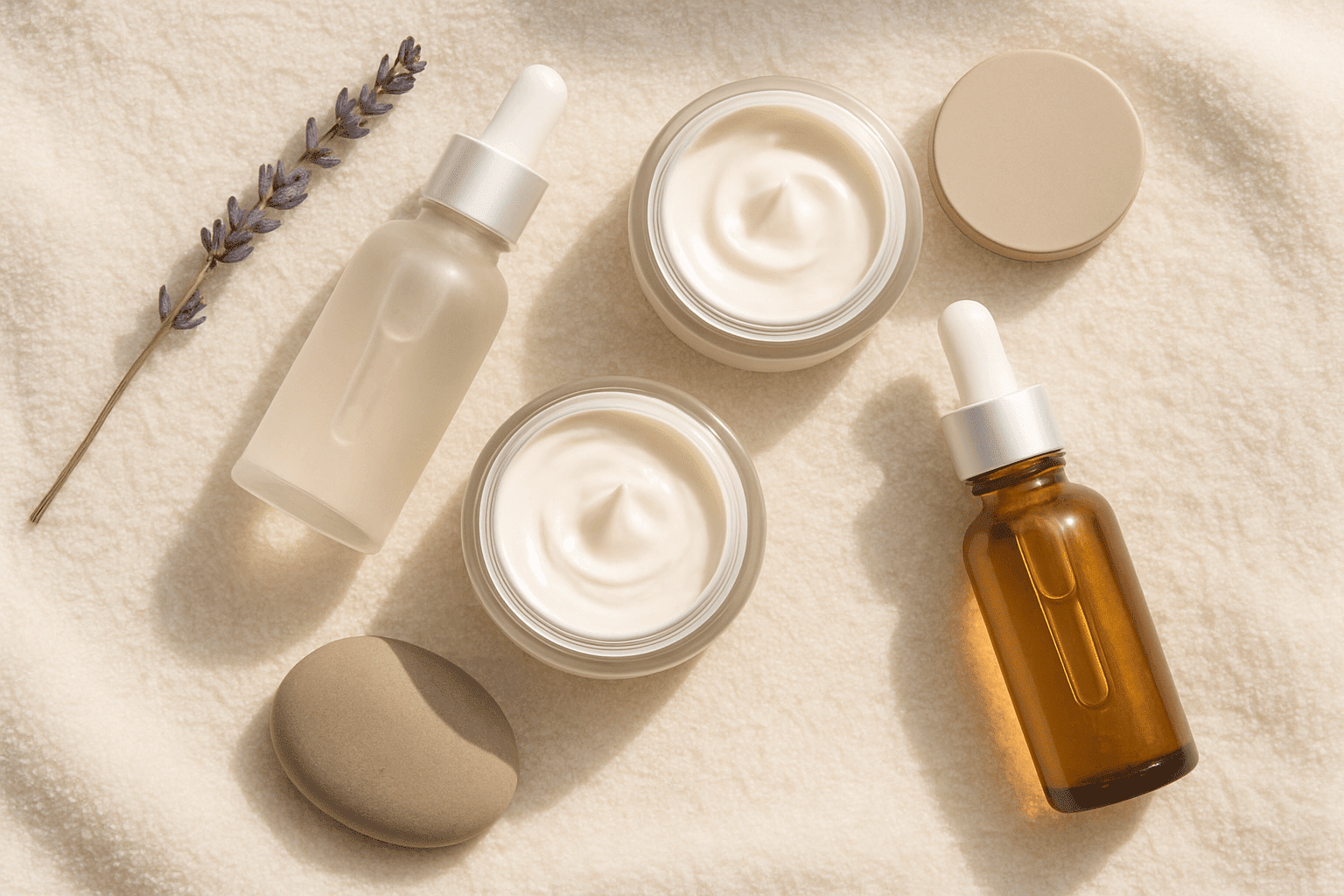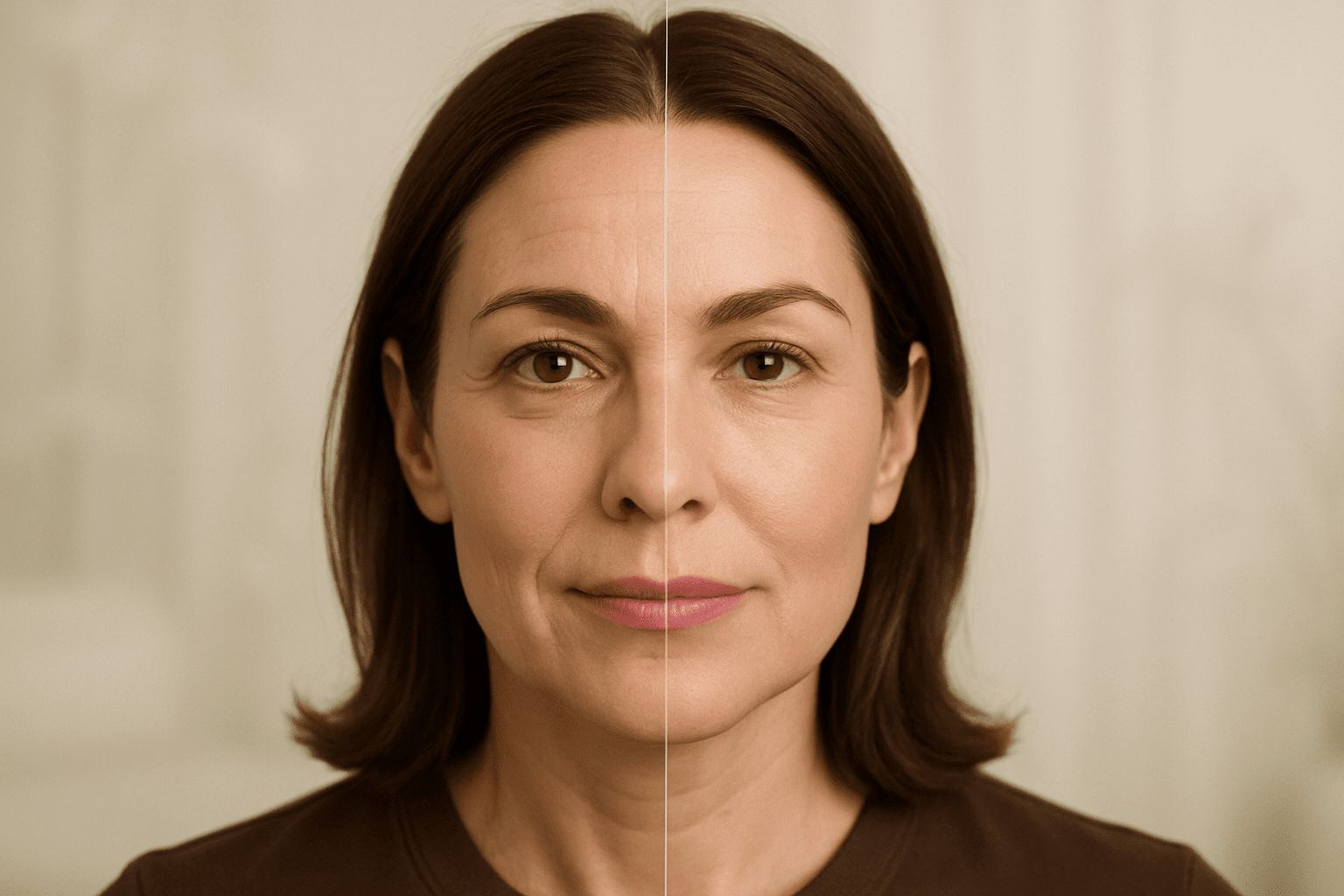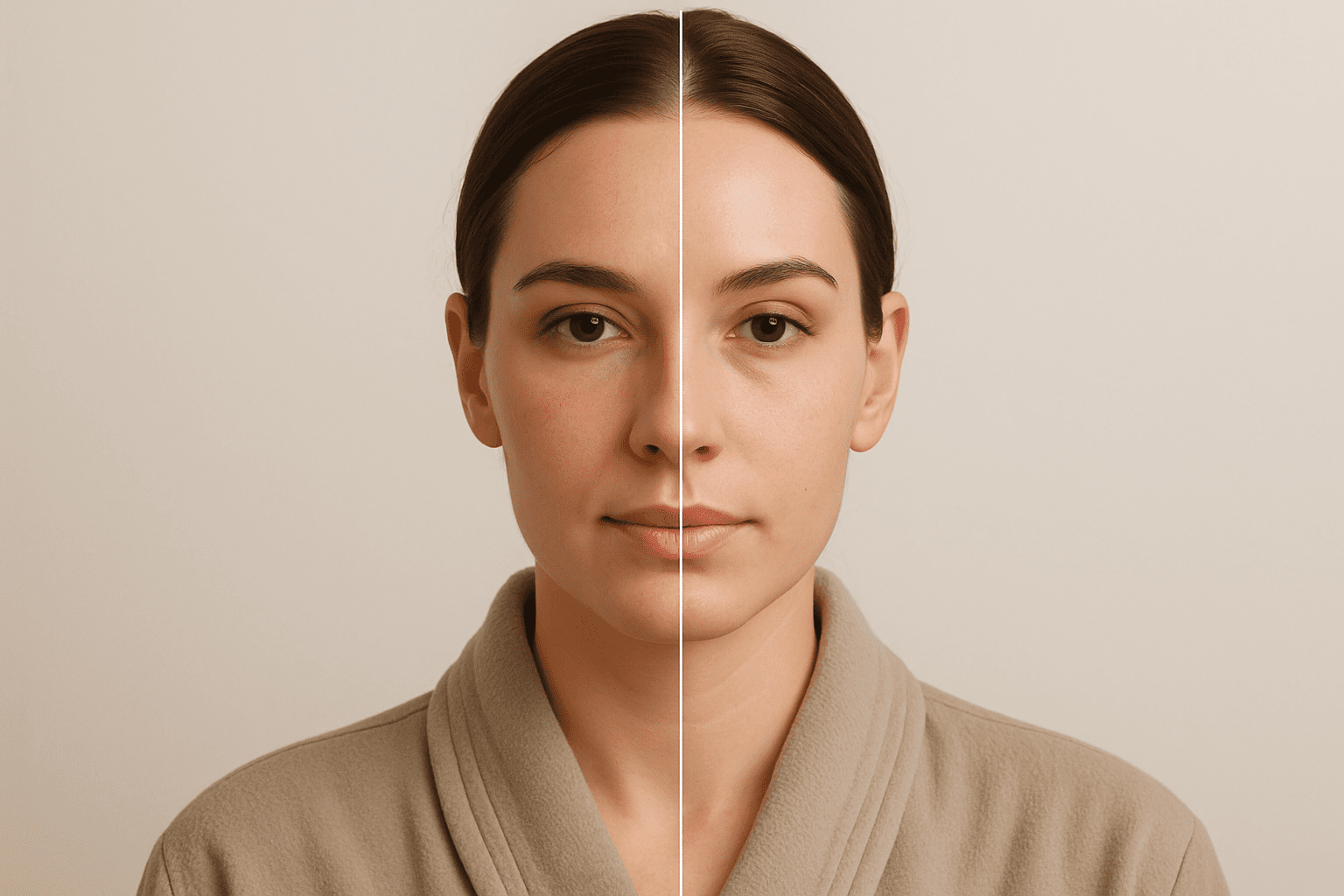You thought pimples were just a teenage problem—until your 30s came with a side of breakouts. Hormonal acne in adults is a real, frustrating, and common condition that has less to do with not washing your face and everything to do with what’s happening inside your body. Whether it’s due to stress, menstrual cycles, pregnancy, menopause, or even your diet, hormones play a leading role in adult acne.
Understanding what’s triggering these flare-ups can help you treat them smarter—not just harder. This guide unpacks what’s really behind hormonal acne and how to finally take control of your skin.
Jump to:
TLDR – Quick Guide
- Hormonal acne in adults often shows up along the jawline and chin.
- Common culprits: testosterone surges, stress-induced cortisol spikes, and hormonal changes during cycles or menopause.
- Over-the-counter treatments may not work; medical or professional intervention often needed.
- Options include topical retinoids, hormonal therapy, lifestyle changes, and med spa treatments.
- You’re not alone: over 50% of women between 20–49 deal with adult acne (American Academy of Dermatology).
Detailed Breakdown
What Exactly Is Hormonal Acne?
Hormonal acne refers to breakouts caused or worsened by hormone fluctuations. While it can occur in teens, hormonal acne in adults is typically related to changes in estrogen, progesterone, and testosterone levels. These hormonal shifts can overstimulate oil glands and increase inflammation, clogging pores and encouraging bacteria to thrive.
Who Gets It?
Mostly women between ages 20 and 50. In fact, around 54% of women over 25 experience adult acne, according to the Journal of Clinical and Aesthetic Dermatology. Hormonal acne in adult men is less common but can occur, often related to testosterone or medication side effects.
Where It Shows Up
Unlike teen acne that covers the T-zone, hormonal acne in adults tends to:
- Cluster around the jawline and chin
- Appear as painful, cystic pimples
- Be cyclical, flaring up around menstruation
What Triggers It?
- Menstrual cycles: Estrogen and progesterone drop, testosterone takes the lead.
- Pregnancy or menopause: Big hormonal shifts can lead to chronic inflammation.
- PCOS: A leading cause of hormonal imbalance and acne in adult women.
- Stress: Increases cortisol, which can throw your hormone balance out of whack.
- Diet: High-glycemic foods and dairy may exacerbate hormonal acne.
How to Treat Hormonal Acne in Adults
1. Hormonal Treatments
- Birth control pills: Help regulate estrogen and progesterone.
- Spironolactone: Reduces androgen production, a top choice for adult women.
- Hormone replacement therapy (HRT): For those in perimenopause or menopause.
2. Topical & Prescription Skincare
- Retinoids (like tretinoin)
- Benzoyl peroxide and salicylic acid
- Azelaic acid for sensitive skin
3. Lifestyle Adjustments
- Reduce sugar and dairy intake
- Get 7-8 hours of sleep
- Prioritize stress management (meditation, movement, therapy)
4. Med Spa Treatments
For more stubborn cases, professional treatments can help:
- Chemical peels for skin resurfacing
- Microneedling with PRF to boost healing
- IPL or laser therapy to kill bacteria and reduce inflammation
Skintastic Med Spa in Spring Hill, FL offers these services, tailoring treatment plans based on your skin’s unique needs. Explore their acne solutions.
Key Takeaways
- Hormonal fluctuations are the root cause of many adult acne cases—think periods, PCOS, pregnancy, menopause, and stress.
- Adult acne looks different than teen acne—often deeper, more inflamed, and concentrated in the lower face.
- Topical treatments may not be enough; internal balance through medications, supplements, or hormone therapy might be necessary.
- Diet, sleep, and stress management can make a big difference in acne severity.
- Professional treatments, such as those offered by med spas like Skintastic, can provide targeted relief with clinical-grade results.
FAQs
1. What causes hormonal acne in adults?
Hormonal acne in adults is primarily caused by fluctuations in estrogen, progesterone, and testosterone levels. Stress and conditions like PCOS can make it worse.
2. Is hormonal acne treatable without prescription drugs?
In some cases, yes—through diet, stress reduction, and over-the-counter topicals. However, persistent or cystic acne often requires prescription treatments or professional interventions.
3. How do I know if my acne is hormonal?
If your acne worsens around your menstrual cycle, shows up on your chin or jaw, and consists of deep, painful bumps, there’s a strong chance it’s hormonal.
4. Can men get hormonal acne too?
Yes, though it’s less common. Male hormonal acne can be linked to high testosterone, anabolic steroid use, or certain medications.
5. Do med spa treatments actually help with hormonal acne?
Yes—especially treatments like chemical peels, microneedling, and IPL. These reduce inflammation and bacteria, often delivering faster and longer-lasting results than drugstore products.



